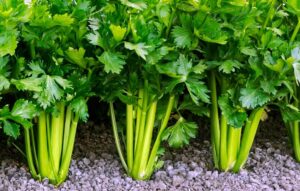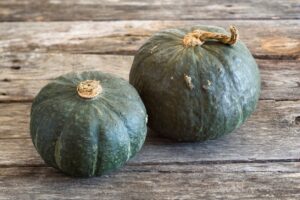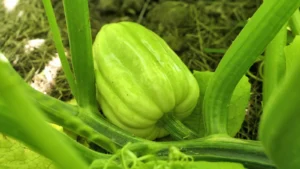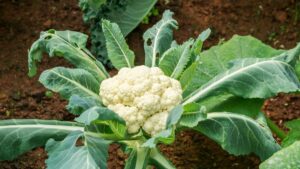How to Grow Carrots: A Complete Guide for Home Gardeners
Are you looking to grow your own sweet, crunchy carrots? Whether you have a spacious garden plot, a modest backyard, or just a few containers on your patio, growing carrots can be a rewarding experience. This comprehensive guide will walk you through everything you need to know about planting, growing, and harvesting carrots in various settings across the US.
Why Grow Your Own Carrots?
Homegrown carrots offer unmatched freshness and flavor compared to store-bought varieties. According to the USDA’s Economic Research Service, Americans consume about 8.3 pounds of fresh carrots per person annually, making them one of the most popular vegetables in the US market. By growing your own, you can save money while enjoying chemical-free produce right from your garden.
Understanding Carrot Varieties
Before planting, it’s important to choose the right carrot variety for your growing conditions and preferences.

Popular Carrot Varieties for US Gardens
| Variety | Days to Maturity | Length | Best For | Special Features |
|---|---|---|---|---|
| Nantes | 65-75 days | 6-7 inches | Container/garden | Sweet, cylindrical shape |
| Danvers | 70-80 days | 6-8 inches | All soils, including clay | High yield, storage |
| Chantenay | 65-75 days | 4-5 inches | Heavy or shallow soils | Good for containers |
| Imperator | 75-85 days | 8-10 inches | Deep, loose soil | Commercial type, longest |
| Paris Market | 50-60 days | 1-2 inches (round) | Clay soil, containers | Round shape, early harvest |
| Purple Dragon | 70-75 days | 6-7 inches | Any garden | Purple exterior, orange interior |
When to Plant Carrots
Timing is crucial for successful carrot growing. As cool-season crops, carrots perform best when grown during spring and fall in most US regions.
Planting Calendar by US Region
Northern States (Zones 3-5):
- Spring: 2-3 weeks before the last frost (April to early May)
- Fall: 10-12 weeks before the first frost (July to early August)
Central States (Zones 6-7):
- Spring: 3-4 weeks before the last frost (March to April)
- Fall: 12 weeks before the first frost (late July to August)
Southern States (Zones 8-10):
- Spring: February to March
- Fall: September to October
- Winter planting possible in zones 9-10
According to the National Gardening Association, carrots need soil temperatures between 45°F and 85°F for optimal germination, with 75°F being ideal.
How to Plant Carrots in a Garden Plot
For larger harvests, planting carrots in a dedicated garden plot gives you the space needed for abundant yields.
Step-by-Step Garden Plot Planting
- Soil Preparation
- Till soil to a depth of 12 inches (deeper than most vegetables need)
- Remove all rocks, sticks, and hard clumps
- Add 2-3 inches of compost or well-rotted manure
- Test soil pH – aim for 6.0-6.8 (slightly acidic)
- Creating Rows
- Make furrows ¼ inch deep
- Space rows 12-18 inches apart
- Consider raised beds for better drainage in heavy soils
- Sowing Seeds
- Mix seeds with fine sand (1:4 ratio) for more even distribution
- Sow seeds thinly along furrows
- Cover with ¼ inch of fine soil or vermiculite
- Firm soil gently to ensure good seed-soil contact
- Watering
- Water gently using a fine mist to avoid displacing seeds
- Keep soil consistently moist until germination
- Use a soaker hose for deeper, more efficient watering
Growing Carrots in Your Backyard Garden
A backyard garden offers the perfect middle ground for growing carrots – enough space for a good yield while keeping maintenance manageable.
Backyard Garden Tips
- Location Selection
- Choose a spot that receives at least 6 hours of direct sunlight
- Avoid areas with tree roots or excessive shade
- Consider rotating crops – don’t plant where you previously grew any root vegetables
- Companion Planting
- Plant with onions, leeks, or chives to deter carrot flies
- Rosemary and sage also make good companions
- Avoid planting near dill, parsnips, or potatoes
- Thinning Seedlings
- When seedlings reach 2 inches tall, thin to 2-3 inches apart
- Do this on a cloudy day to reduce stress
- Cut extra seedlings at soil level rather than pulling to avoid disturbing roots
- Mulching
- Apply a thin layer of compost or fine mulch around plants
- This helps retain moisture and suppress weeds
- Keep mulch away from carrot crowns to prevent rot

Container Gardening for Carrots
Limited space? No problem! Carrots adapt well to container growing, making them perfect for patios, balconies, or small yards.
Container Growing Guidelines
- Container Selection
- Choose containers at least 12 inches deep for standard varieties
- For shorter varieties (like Paris Market), 8-inch depth is sufficient
- Ensure adequate drainage holes
- Smart pots or fabric containers work especially well
- Soil Mix
- Use high-quality potting mix, not garden soil
- Mix in 30% coarse sand for better drainage
- Consider adding perlite to improve aeration
- Avoid mixes with large bark pieces or stones
- Planting Density
- Space seeds 1-2 inches apart in all directions
- For round varieties, spacing can be slightly closer
- A 12-inch container can support about 16-25 carrots
- Container Placement
- Position in a spot receiving 6+ hours of sun
- Rotate containers occasionally for even growth
- In hot regions, provide afternoon shade during summer
Carrot Care and Maintenance
Proper care throughout the growing season ensures sweet, straight carrots at harvest time.
Watering Requirements
Consistent moisture is crucial for carrot development. According to the University of Minnesota Extension, carrots need about 1 inch of water per week. Irregular watering can cause carrots to crack or develop poor flavor.
- Water deeply but infrequently
- Never let soil completely dry out
- Reduce watering slightly as carrots approach maturity
- Water early in the day to reduce disease risk
Fertilizing Guidelines
Carrots are moderate feeders, requiring balanced nutrition for best growth.
- Before planting, incorporate a balanced organic fertilizer
- Avoid high-nitrogen fertilizers, which promote top growth at the expense of roots
- Consider a light application of compost tea midseason
- Foliar feeding with seaweed extract can boost growth
Pest and Disease Management
Carrots can face several challenges during growth:
Common Pests:
- Carrot rust flies – Use floating row covers and rotate crops
- Aphids – Spray with insecticidal soap or strong water jet
- Nematodes – Rotate crops and solarize soil if severe
Common Diseases:
- Alternaria leaf blight – Ensure good air circulation
- Powdery mildew – Avoid overhead watering
- Cavity spot – Improve drainage and soil calcium levels
The USDA Agricultural Research Service recommends integrated pest management approaches over chemical controls for home gardens.
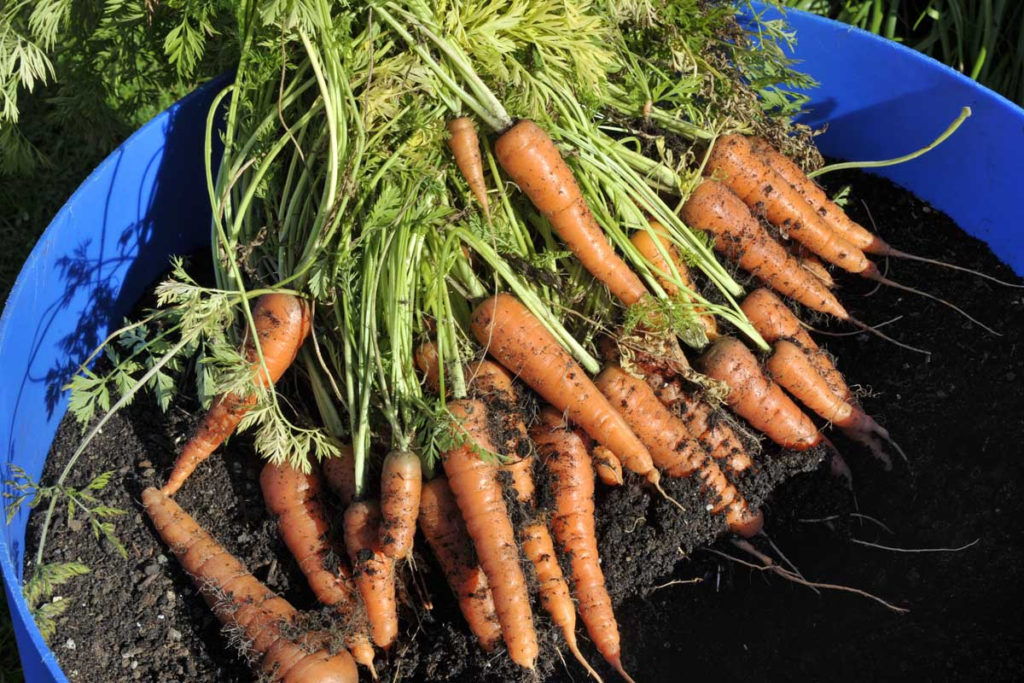
Harvesting and Storing Your Carrots
The reward for your efforts comes at harvest time when you pull perfect carrots from the soil.
When to Harvest
Most carrot varieties are ready to harvest 60-80 days after planting, depending on the variety. Look for these signs:
- Carrot tops are at their expected diameter
- The color is vibrant and fully developed
- Baby carrots can be harvested earlier for tender eating
Harvesting Techniques
- Water the soil before harvesting to loosen it
- Grasp the greens close to the root and pull gently
- For tight soil, use a garden fork to loosen soil alongside the row
- Harvest in the cool morning hours for best flavor
Storage Methods
According to the National Center for Home Food Preservation, properly stored carrots can last 4-6 months. Try these storage methods:
- Refrigeration: Trim tops to 1 inch, store unwashed in plastic bags with holes for 2-4 weeks
- Root cellar: Layer in damp sand in a cool (32-40°F), humid location for 4-6 months
- Freezing: Blanch sliced carrots for 2-3 minutes, cool quickly, and freeze in airtight containers
- Canning: Follow USDA guidelines for pressure canning
Troubleshooting Common Carrot Growing Problems
Even experienced gardeners encounter challenges when growing carrots. Here are solutions to common issues:
Forked or Misshapen Carrots
Causes and Solutions:
- Rocky soil: Sift soil thoroughly before planting
- Recent manure: Use only well-aged compost
- Nematodes: Rotate crops and consider resistant varieties
- Soil compaction: Loosen soil deeply before planting
Slow Germination
Causes and Solutions:
- Cool soil: Use row covers to warm soil
- Dry conditions: Keep soil consistently moist
- Old seeds: Use fresh seeds; carrot seeds lose viability after 2-3 years
- Planting too deep: Sow no deeper than ¼ inch
Bitter Taste
Causes and Solutions:
- Heat stress: Plant for cool-season harvest
- Inadequate water: Maintain consistent moisture
- Over-maturity: Harvest at appropriate size
- Too much nitrogen: Use balanced, low-nitrogen fertilizers
Carrot Growing in the US Market Context
The US carrot market has seen growing demand for locally grown, organic produce. According to the USDA’s Agricultural Marketing Service, farmers’ market sales of locally grown carrots have increased by over 30% in the past decade.
For home gardeners, this means potential opportunities to sell excess harvest at local markets or through community-supported agriculture programs. The growing interest in rainbow carrot varieties also presents specialty growing opportunities.
Conclusion
Growing your own carrots allows you to enjoy these nutritious vegetables at their freshest while knowing exactly how they were grown. Whether you’re planting in containers on an urban balcony or rows in a rural garden plot, the satisfaction of pulling perfect carrots from the soil you’ve tended is unmatched.
By following the guidelines in this article, you’ll be well on your way to growing sweet, crunchy carrots that far surpass anything available in stores. Happy planting!
Remember that local growing conditions can vary significantly. For region-specific advice, contact your local Cooperative Extension Service through the USDA’s National Institute of Food and Agriculture.

